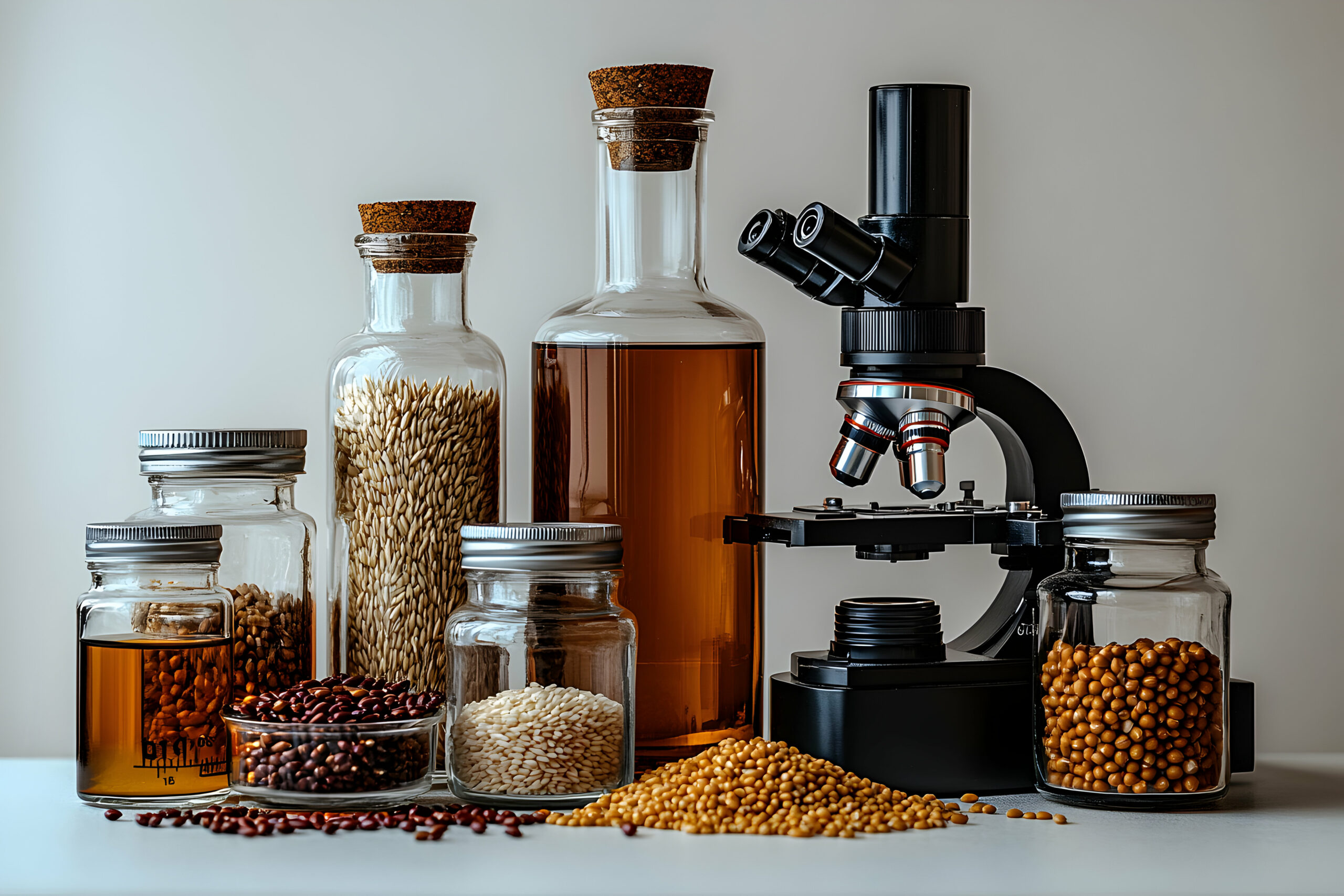A Life in the Lab—and in the Kitchen
Over the years, I’ve worn many hats—scientist, quality leader, regulatory expert, mentor, and marathon runner. But one of the roles that has always brought me both joy and peace is being in the kitchen. Cooking is where I go to decompress, to be creative, and, in many ways, to reconnect with myself. What’s surprised me most, though, is how closely the principles of cooking mirror the discipline and mindset I’ve honed in science and biotech.
After decades in life sciences—working with drugs, biologics, medical devices, in vitro diagnostics, and cell therapies—I’ve realized that the same skills that have helped me build resilient Quality and Regulatory teams also make me a better cook. Cooking and science both demand curiosity, precision, adaptability, and, above all, a deep respect for process.
Following Protocols (and Recipes)
Whether you’re validating a manufacturing process or preparing a new dish for a dinner party, it starts with following a well-written protocol—or recipe. In both cases, the smallest detail matters. A teaspoon instead of a tablespoon. A degree or two of temperature difference. An extra 30 seconds in a critical step. Any of these can throw off a result.
I remember working through aseptic process validations in early-phase biologics manufacturing. Every action had to be exact, every input documented. Similarly, when I’m testing a new recipe—especially something delicate like soufflé or fresh pasta—I treat it with the same respect. I prep everything beforehand, make sure my tools are clean and ready, and I follow the timing to the second. This is not unlike prepping for an FDA inspection or an internal audit. When it matters, the details are everything.
The Art of Troubleshooting
One thing every scientist learns quickly is that experiments don’t always go as planned. Same goes for dinner. If I had a dollar for every time a dish didn’t turn out like the picture in the cookbook, I’d have my own restaurant by now. But whether it’s a failed buffer prep or a too-salty risotto, the fix is in the analysis.
Troubleshooting has always been one of my favorite parts of quality work. Root cause analysis, corrective action, continuous improvement—they’re all part of my daily language. I bring that same mindset into the kitchen. I ask: What went wrong? Was it the timing, the temperature, the ingredient? And most importantly—how can I make it better next time?
Teamwork in the Lab, and at the Table
One of the most fulfilling parts of my career has been building and leading teams. Whether I was growing Quality Assurance departments from the ground up or mentoring new hires through regulatory complexities, I’ve always believed that great outcomes come from strong collaboration.
Cooking has that same spirit. I run a supper club and a food club, and both are rooted in connection. In the supper club, we explore new restaurants together. In the food club, we cook meals from scratch as a group. The laughter, the shared effort, the satisfaction of enjoying something we created together—it’s not so different from the pride I feel when a team pulls off a successful FDA inspection or a complex tech transfer.
Blending Science and Creativity
Some people think science is rigid and cooking is creative. But the truth is, both are a blend of structure and imagination. In the lab, we design studies, interpret data, and innovate within tight parameters. In the kitchen, I start with the basics—flavor profiles, cooking techniques, ratios—and then I riff. A touch of this, a pinch of that. Trying a new spice or fusion concept feels like exploring a new biologic pathway.
One of my favorite things is taking a classic dish and tweaking it just enough to make it my own. Much like how we adapt processes to new therapeutic products, it’s about building on a solid foundation while still being open to change.
Cooking as Self-Care
After long days filled with regulatory reviews, quality meetings, and strategic planning, cooking has always been my way to unwind. There’s something grounding about chopping vegetables, stirring sauces, and watching a meal come together. It’s meditative, healing, and gives me a chance to reflect.
As a female leader in biotech, finding balance has been key. I’ve led facility buildouts during a global pandemic, hosted dozens of client audits, and kept staff morale high through challenging times. But I’ve also made time to garden, golf, and explore wine bars with friends. Cooking connects me to all of that. It’s how I care for myself and others—something that’s deeply important to me both personally and professionally.
Serve with Purpose
Whether I’m leading a Quality team through a product launch or preparing a four-course dinner for friends, I approach it with the same values: attention to detail, love for the process, and a desire to serve something meaningful.
In the end, science and cooking both come down to care. Care in preparation, care in execution, and care in the impact we have on others. That’s what has carried me through a long and fulfilling career in life sciences—and it’s what keeps me coming back to the kitchen, apron on, glass of wine in hand, ready to create.
Here’s to blending molecules and meals—with purpose, passion, and just the right touch of spice.
